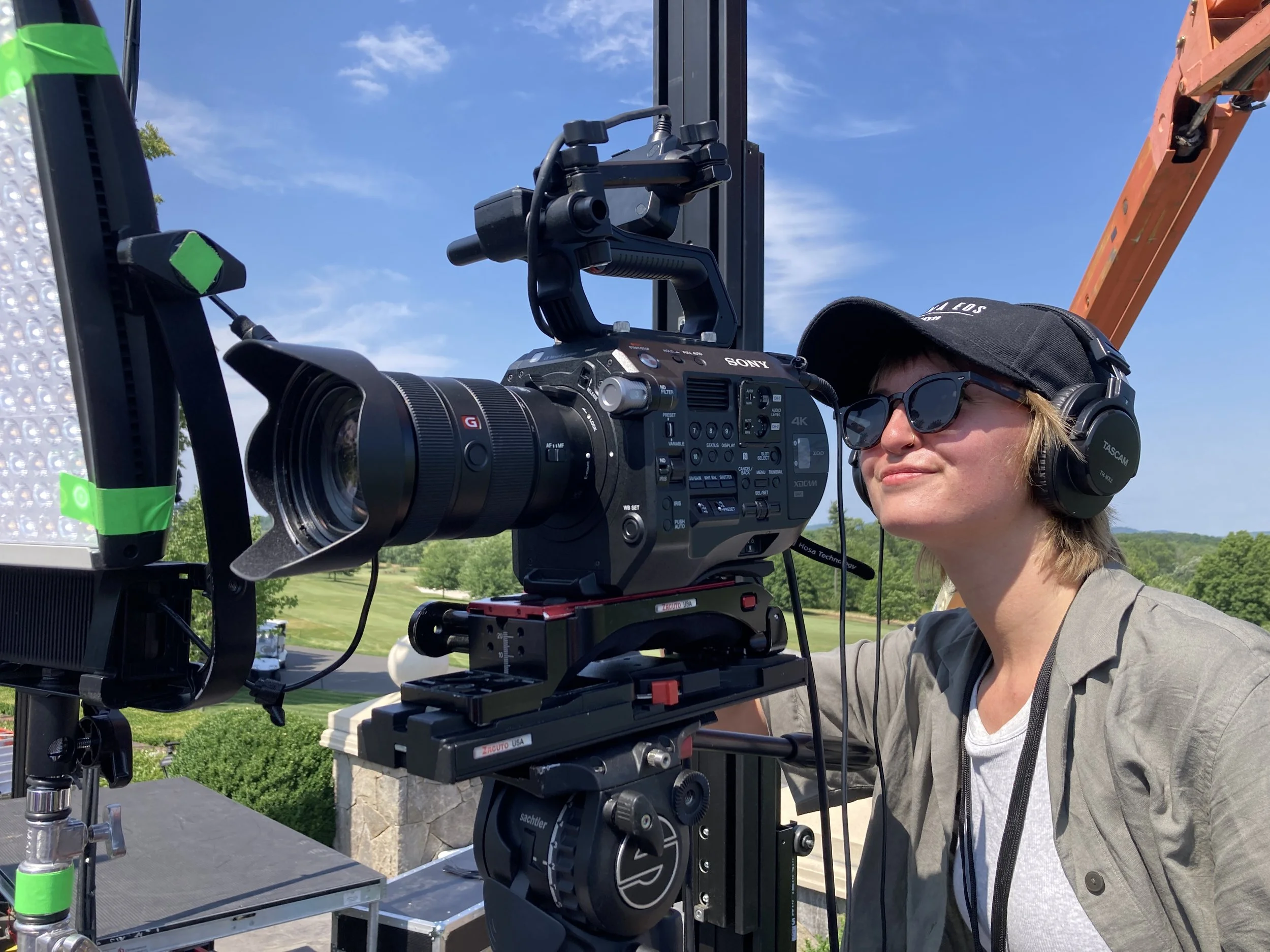LENS FORMULAS
LENS FORMULAS
LENS FORUMALS
DOWNLOAD PDF VERSION
Helpful formulas for calculating depth of field, hyperfocal distance, and depth of focus
Depth of Field
Definition: the distance between the nearest and the furthest objects that give an image judged to be in focus in a camera.
There are two equations for calculating depth of field, one for the far limit, and one for the near limit.
Camera to Near Limit: Dn = (H)(S)/((H=+(S-F))
Camera to Far Limit: Df = (H)(S)/((H=-(S-F))
Total depth of field = Df-Dn
where
Dn = camera to near limit
Df = camera to far limit
H = hyperfocal distance
S = distance from camera to subject
F = focal length of lens
Example
Question: A 35mm camera lens of 50 mm focal length is focused at 20 feet and is set to f/2.8. Over what range of distances will objects be in acceptable focus?
Answer
First, convert all units to the same system.
50 mm becomes 1.969 inches (rounding up to 2 inches is sufficient)
20 feet becomes 240 inches.
35 mm cameras have a circle of confusion equal to .001 inches.
Now, calculate the hyperfocal distance
H = (F^(2))/(fCc)
H = ((2)(2))/((2.8)(0.001))
H = 4/0.0028
H = about 1,429 inches
Finally, the near and far equations to get the depth of field
Dn = ((1429)(240))/((1429+(240-2))
Df = ((1429)(240))/((1429-(240-2))
Dn = 205.7 inches (17.1 feet)
Df = 288 inches = (24 feet)
Therefore, when a 50 mm lens at 4/2.8 is focused at 20 feet, everything from 17.1 feet to 24 feet will be in acceptable focus.
HyperFocal Distance
Definition: The hyperfocal distance is the closest distance at which a lens can be focused while keeping objects at infinity acceptably sharp. When the lens is focused at this distance, all objects at distances from half of the hyperfocal distance out to infinity will be acceptably sharp.
The precise focus distance at which you get the maximum depth of field for a given aperture and focal length combination!
H = (F^(2))/(fCc)
Where
H = hyperfocal distance
f = f-stop of lens
Cc = circle of confusion
In order to calculate hyperfocal distance, you need to know three things:
Focal length – This will depend on what lens you’re using.
Circle of confusion value – Commonly 0.03 and 0.02; depends on sensor type.
F-stop – f/2, f/11, etc
*For circle of confusion consult the lens and camera manuals. You can also use .0010 inches (1/1000) as a conservative circle of confusion, although modern cine lenses may have an even smaller circle of confusion.*
Example
Question: Imagine you have a 20mm lens at f/11 on a full-frame camera, what is the hyperfocal distance?
Answer
Hyperfocal distance = (20 x 20) / (0.03 x 11) = 400/0.33 = 1212.12mm
So, you get a hyperfocal distance of 1212 mm, or 1.2 meters (almost 4 feet). You should focus on an object that is approximately 1.2 meters away; everything from 0.6 meters (half the hyperfocal distance) away to infinity will be in focus.There are two equations for calculating depth of field, one for the far limit, and one for the near limit.
Depth of Focus
Definition: Depth of focus refers to the space between the lens and the image sensor where the image being filmed will appear in focus to the human eye. If an image sensor is too close or too far from the lens, it is outside of the depth of focus and the photograph or footage will look blurry.
DEPTH OF FIELD vs DEPTH OF FOCUS: DEPTH OF FIELD concerns the image quality of a stationary lens as an object is repositioned, whereas DEPTH OF FOCUS concerns a stationary object and a sensor's ability to maintain focus for different sensor positions, including tilt.
Depth of focus approximately = (Fƒ)/1000
Where
F = focal length of lens (in mm)
ƒ = f-stop of lens
Example
A 50 mm f/2.8 lens has the following depth of focus
Answer
(50×2.8)/1000 = 0.14mm = 0.0055 inches
